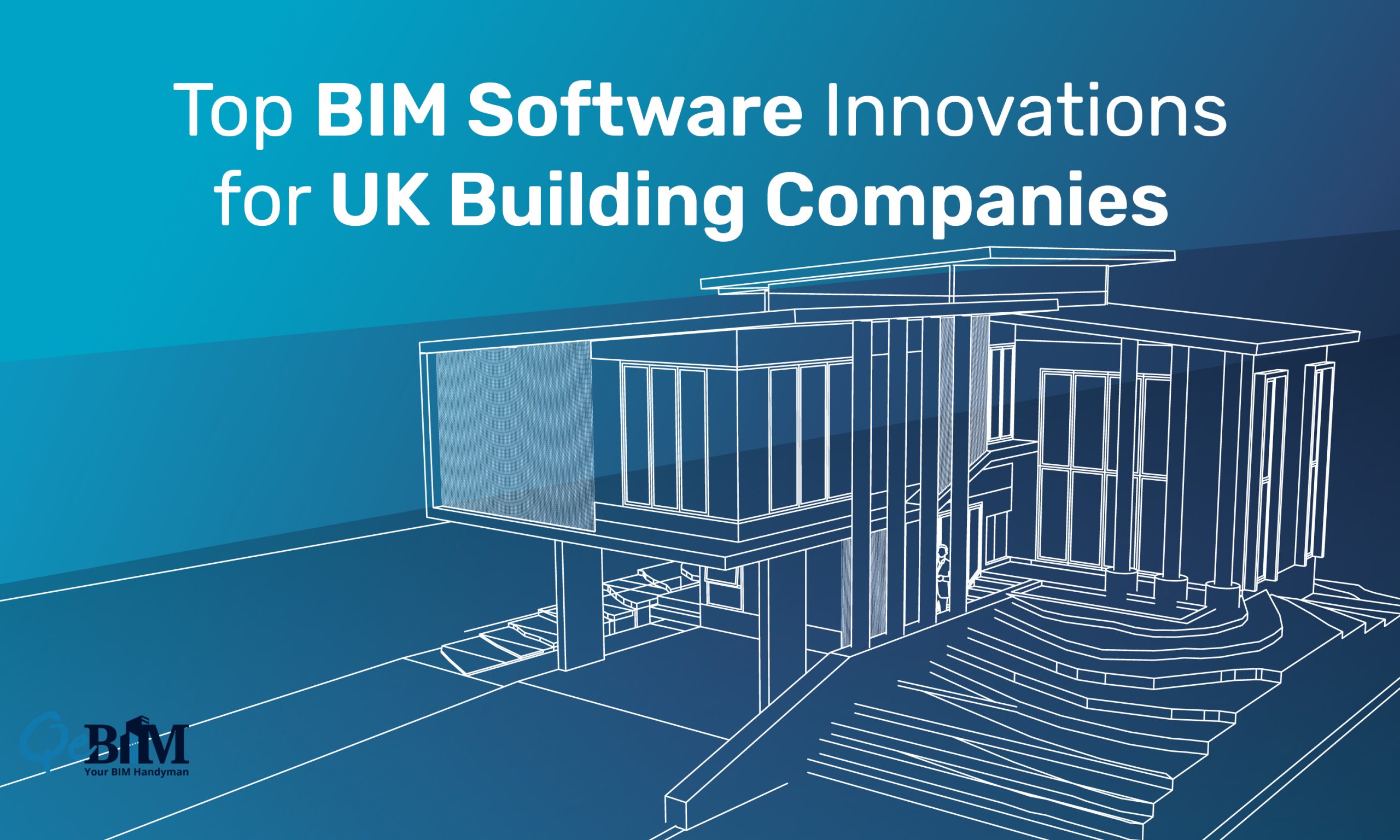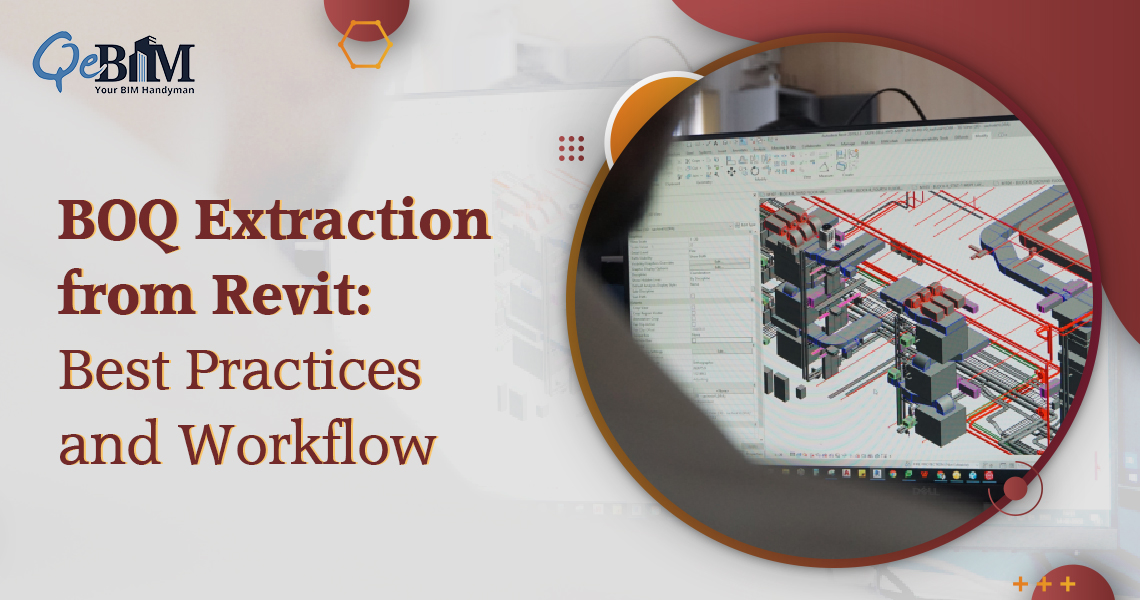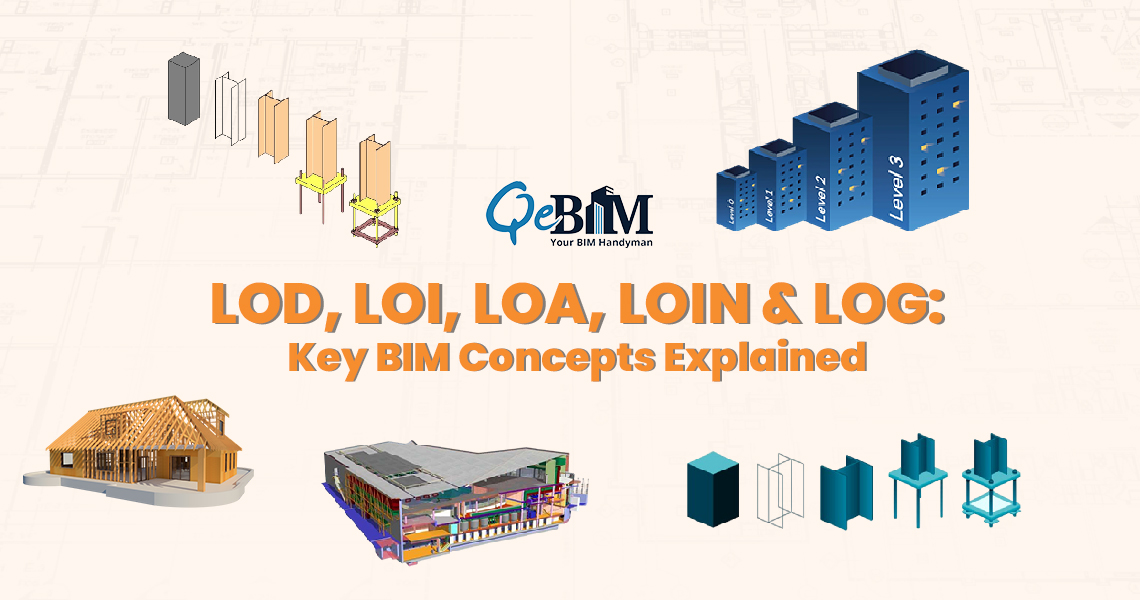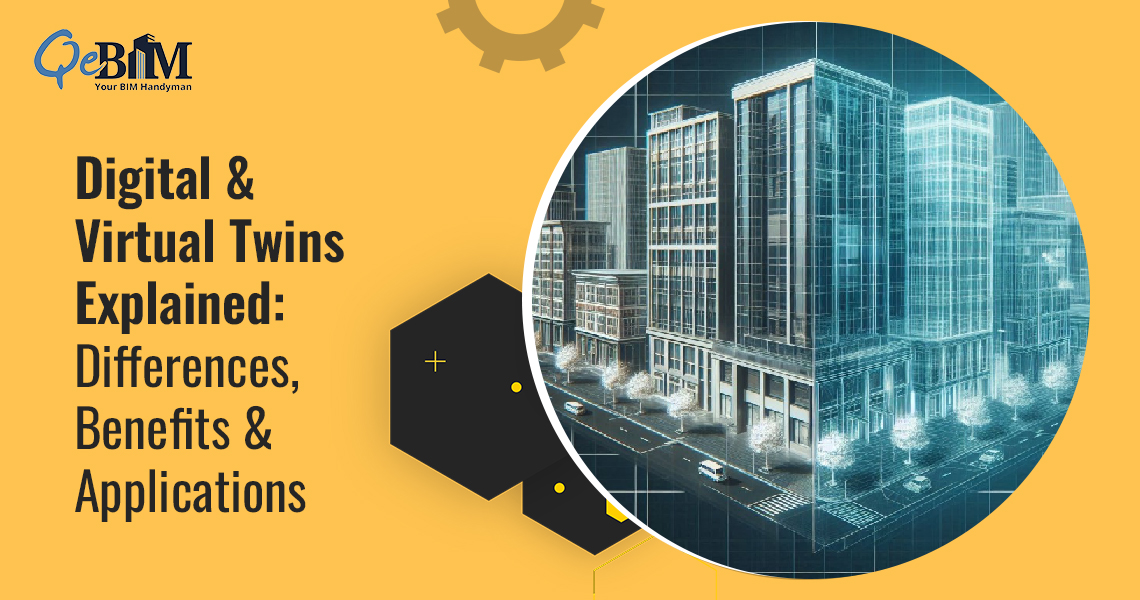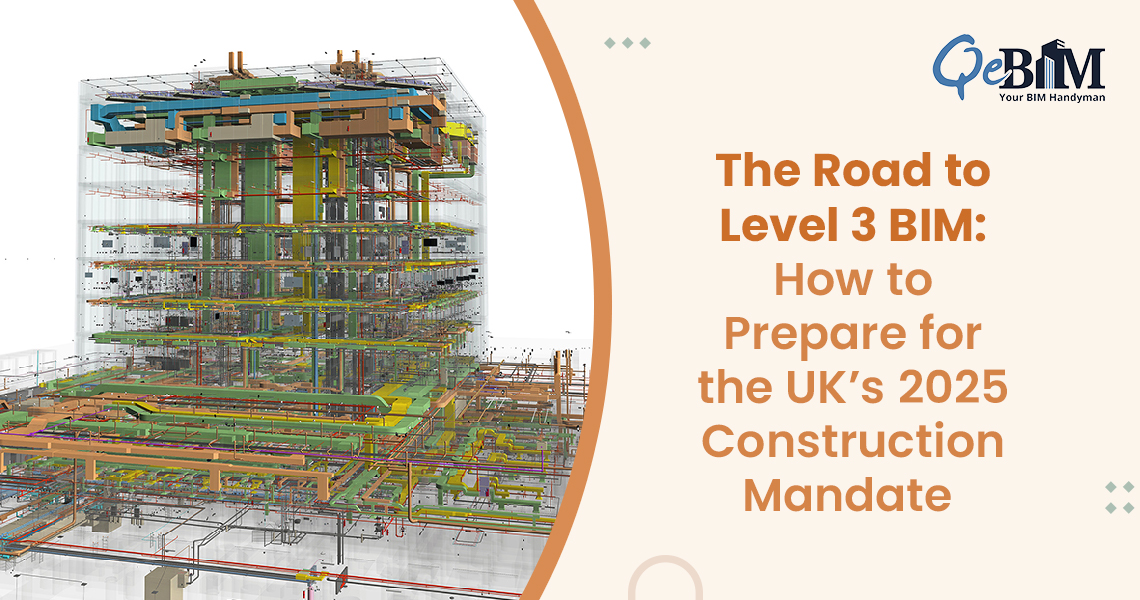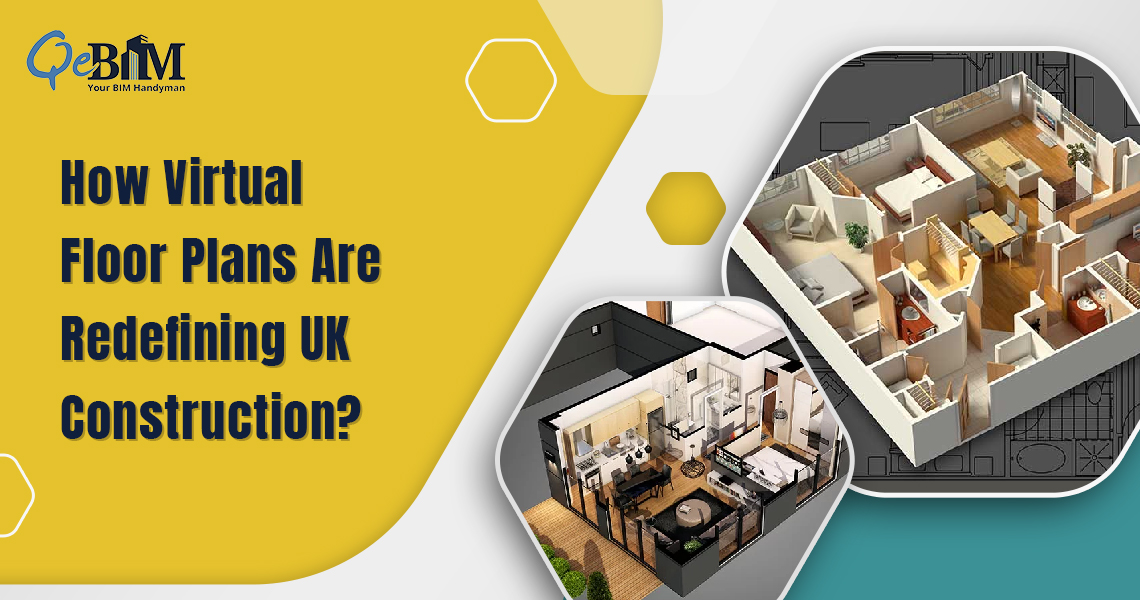Introduction
Building Information Modelling (BIM) has transformed the construction sector in the United Kingdom throughout recent years, allowing project stakeholders to work more effectively, lower costs, and enhance the final results. The BIM landscape, on the other hand, is continually changing, including new software instruments and technologies appearing each year. In this blog post, we’re going to look at the most recent BIM software developments throughout the UK, having a particular emphasis on 3D BIM Modelling Services. We are going to take at the perks, difficulties, and prospects that these innovations represent to the industry, as well as a few of the most creative approaches that are currently shaping BIM’s destiny in the UK.
3D BIM Modelling Services: The Design and Construction Industry’s Future
3D BIM modeling is a sophisticated tool that enables designers, architects, and engineers to virtually visualize and replicate building designs. It helps stakeholders to work better together, recognize and solve difficulties earlier during the design process, and optimize building efficiency and sustainability. 3D BIM modeling services have grown increasingly complex in recent decades, and they have been assimilated using other digital technologies like virtual as well as augmented reality (VR/AR), artificial intelligence (AI), and machine learning (ML) to improve their strengths and functionalities.
The implementation of VR/AR technology for developing vivid and stimulating experiences for customers constitutes one of the most recent trends in 3D BIM modeling services. VR/AR allows stakeholders to experience the layout of a structure in an improved and engaging manner, delivering an awareness of scale, space, and utility that 2D drawings or prototypes cannot provide. It additionally allows better communication and collaboration among team members, clients, and end users, enhancing the overall quality of design and lowering the chance of inaccuracies and misconceptions.
Integration of AI and ML algorithms to automate and optimize design processes is an additional development in 3D BIM modeling services. AI and machine learning may analyze enormous quantities of data to create findings that may be utilized to drive design decisions about energy efficiency, material selection, and building performance. They may additionally automate tedious processes like conflict identification, compliance with code testing, and quantity take-off, allowing designers and engineers to concentrate on challenging as well as innovative areas of the design.
BIM Outsourcing Services: The Path for Reducing Money and Time
BIM outsourcing services have become prominent in the United Kingdom because they enable construction organizations to decrease expenses and boost efficiency by assigning BIM-related duties to outside firms. Outsourcing BIM services might help businesses in gaining access to specialized skills which might not be accessible in-house, like BIM modeling for complicated building types or specialized crafts.
BIM Outsourcing Services have grown in popularity in the United Kingdom because they offer a cost-effective and flexible alternative for businesses that wish to reap the advantages of BIM without investing in costly technology and infrastructure. BIM outsourcing services provide a wide range of offerings, from simple 2D drafting to complicated 3D modeling and cooperation, and may be tailored to each project’s individual demands and specifications.
The adoption of cloud-based platforms to facilitate remote interaction as well as information exchange amongst project participants constitutes one of the most recent developments in BIM outsourcing services. Cloud-based BIM solutions enable groups to view and exchange project information instantaneously, no matter where they are or what device they are using, enhancing interaction and lowering the possibility of inaccuracies and disruptions. They additionally give adaptability and mobility, since businesses may increase either increasing or decreasing existing BIM services depending upon project requirements and funding.
The incorporation of lean techniques and practices to optimize project operations and decrease wastage is an additional development in BIM outsourced services. Lean BIM emphasizes the elimination of non-value-added tasks and the simplification of workflows in order to boost effectiveness and production. It entails an interactive and incremental planning and building strategy, with regular feedback along with continual improvement.
Conclusion:
While the UK construction industry embraces BIM, remaining acquainted with the newest software innovations is critical for profitability. There are numerous chances to remain ahead of the latest developments and achieve superior project outcomes, whether you’re intrigued by 3D BIM modelling services, BIM outsourcing services, or emerging technologies including AI and blockchain.
Construction firms may cut expenses, enhance productivity, and produce high-quality endeavors that suit the ever-shifting requirements of their clients by harnessing the newest BIM software applications and technology.
As the appetite for technological change within the AEC sector grows, it is critical for businesses to remain current on the newest BIM software developments and implement novel approaches that may increase their competitive edge, effectiveness, and durability. The AEC industry may discover new prospects for advancement and creativity by leveraging the newest BIM software developments and innovations, as well as assist in the building of more intelligent, environmentally friendly towns and facilities.
